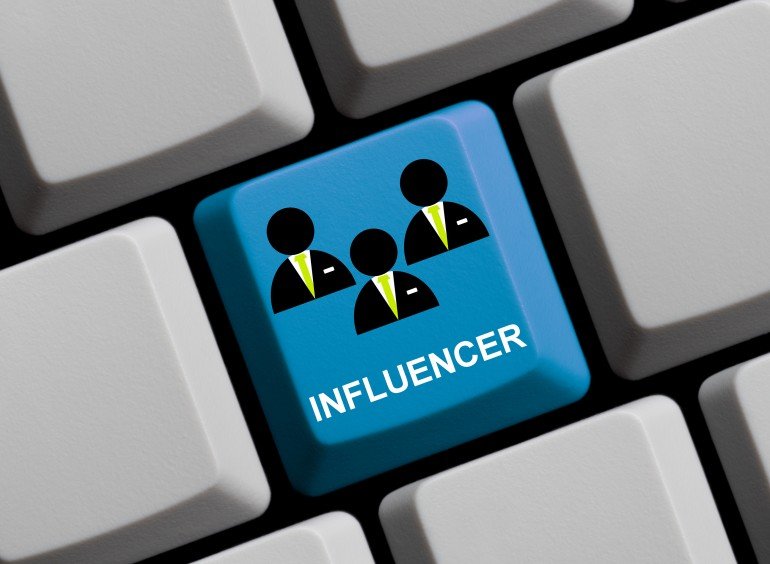Brands have long relied on influencer marketing to find and engage high-clout individuals. But mobilizing the movers and shakers in a target audience isn’t just a game for companies like Buick and Downy to play.
Advocacy groups can also get in on the action by targeting the people with the power to shape the conversation – and ultimately the policy outcome – on the issues important to their members.
Read on to find out how.
To learn more, we caught up with Matthew Bennett, SR vice president and Washington DC office lead for Racepoint Global. The international marketing and communications agency has led successful influencer campaigns for advocacy groups in the healthcare, technology and agriculture space.
Finding The Right Influencers
When you think about it, an advocacy group’s goal is not that different from a brand’s.
Just as companies want to guide the action of consumers, advocacy organizations want to drive change by influencing voters, policy makers and members of Congress.
In the old days both groups might have gotten away with shooting out a press release or tweeting a recent blog post. Today, all the noise in the online and traditional news space, mean readers’ attention spans are growing shorter by the minute.
To cut through the chatter, you need to find the people talking about the issues important to your mission in a manner that’s popular and effective with your target audience, Bennett says.
“You have to focus in on the people who are really going to move the needle on your issue.”
How Do You Do It?
Let’s say you’re an organization looking to rally the medical community. You could try to reach them via the influencers in the organizations they belong to: big groups like the American Medical Association, as well as smaller clubs like the Medical Oncology Association of Southern California. You could also try to reach them via the people most prolific in the outlets they read.
How exactly do you do that? By engaging the experts who speak at the AMA or oncology society’s rallies, placing op-eds in the magazines your target audience reads, and directly contacting the journalists and bloggers most popular with each outlet’s readers.
Finding the tastemakers and their contact information isn’t completely straightforward. Racepoint uses a proprietary technology called FieldFacts to identify, analyze and target influencers in their clients’ spaces.
The Tools To Get You There
You don’t necessarily need to spend big bucks.
If you’re managing an influencer campaign on your own, Bennett recommends the following tools to find the people driving the discussions important to your audience:
- Sysomos
- Topsy
- ShareableMetrics
- Twitonomy
- Nuvi
- TweetReach
- Simply Measured
Even the minimal insight that an influencer is more active on one social media channel versus another will help you streamline your efforts.
There’s no magic number on how many influencers to engage. But remember, the goal isn’t to reach everyone. It’s to reach the people who are driving the conversations you care most about, Bennett said.
He quoted a recent study from the Congressional Management Foundation that showed it takes as little as 10 comments on a congressional office’s social media post to get a bigwig’s attention.
Making the First Contact
Relevance is key in starting the conversation with any influencer.
Many journalists, bloggers, social media stars and experts are engaged in a number of issues with multiple organizations. Your job is to get them interested in your efforts in a way that’s mutually beneficial, Bennett said.
He recommends reaching out with something along the lines of: “I see you’ve written/spoken about XYZ and we’d love to talk to you about it more”.
Your first contact also depends on the action you want the individual to take. If it’s a journalist or blogger you want them to write a story. If it’s an expert you want them to mention your work in their op-eds and speeches.
While the right way to do things may vary, there are plenty of ways to sour a blossoming relationship with any influencer. Abide by these three rules:
- Don’t add anyone to your mailing lists without their permission
- Don’t spam people
- Don’t badger them with irrelevant information
“If they want to engage, jump on it, but if they say ‘not interested’, you have to respect that and move on,” Bennett said.


